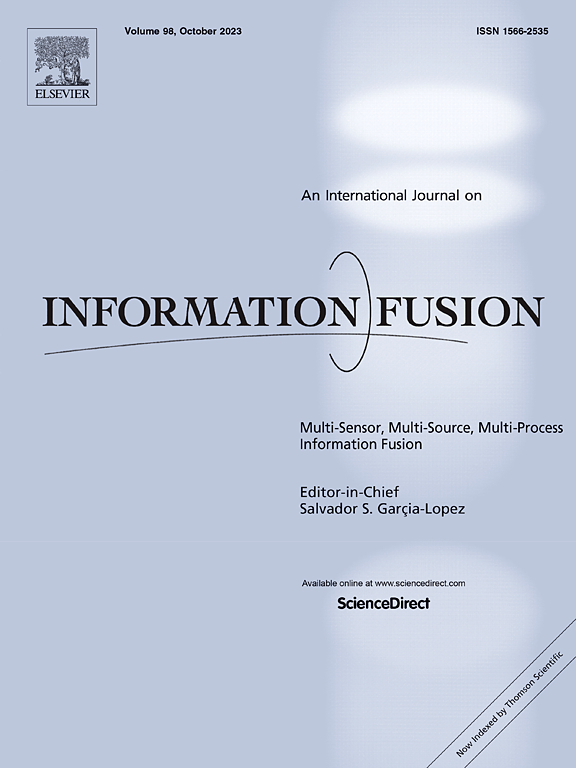Multilevel feature encoder for transfer learning-based fault detection on acoustic signal
IF 14.7
1区 计算机科学
Q1 COMPUTER SCIENCE, ARTIFICIAL INTELLIGENCE
引用次数: 0
Abstract
The intelligent diagnosis of faults in industrial assets is crucial for preventing unexpected disruptions to critical services. Although numerous deep learning methods based on acoustic data have been developed to enhance fault detection accuracy, these methods often prove suboptimal in transfer learning due to two key challenges: (1) insufficient generalization capability that causes overfitting to source device characteristics, and (2) failure to capture domain-invariant patterns essential for cross-device fault detection. This work seeks to alleviate these limitations by proposing a multilevel features encoder (MLFE) for transfer learning-based fault detection on acoustic signal. The acoustic data are initially preprocessed with a frequency mask to filter out high-frequency noise. Subsequently, feature engineering techniques are employed to extract several statistical features, such as the mean, standard deviation, and median absolute deviation, etc. with an emphasis on frequency characteristics. Moreover, unsupervised method is then applied to extract additional essential features. These multilevel features are then combined and fed into MLFE to differentiate between faulty and non-faulty signals. After being trained on several source devices, the pre-trained MLFE is transferred to a new target device to evaluate its transfer learning capability. MLFE is evaluated using the pump and fan datasets in MIMII, where it outperforms existing methods and offers a novel solution for transfer learning-based fault detection using acoustic signals.
求助全文
约1分钟内获得全文
求助全文
来源期刊

Information Fusion
工程技术-计算机:理论方法
CiteScore
33.20
自引率
4.30%
发文量
161
审稿时长
7.9 months
期刊介绍:
Information Fusion serves as a central platform for showcasing advancements in multi-sensor, multi-source, multi-process information fusion, fostering collaboration among diverse disciplines driving its progress. It is the leading outlet for sharing research and development in this field, focusing on architectures, algorithms, and applications. Papers dealing with fundamental theoretical analyses as well as those demonstrating their application to real-world problems will be welcome.
 求助内容:
求助内容: 应助结果提醒方式:
应助结果提醒方式:


